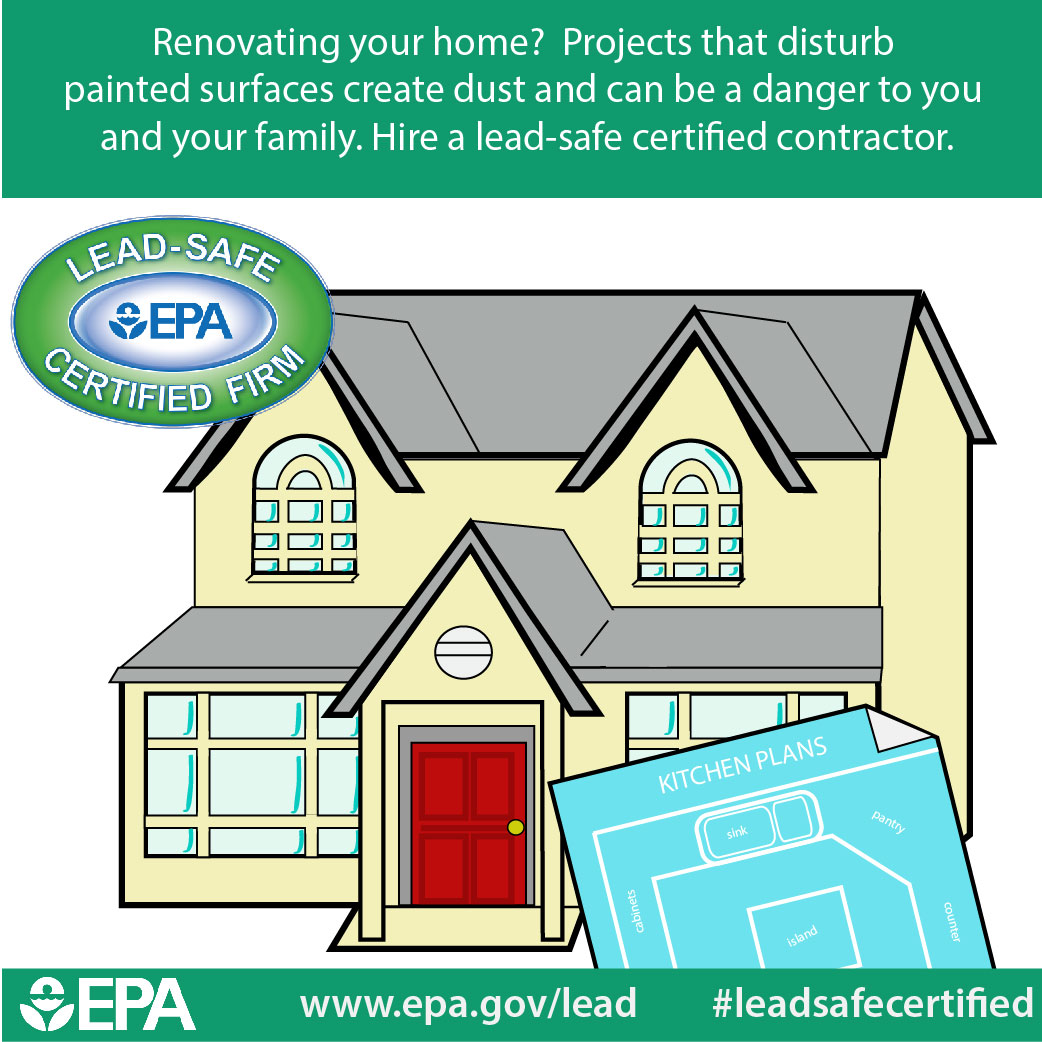Step-By-Step Overview To Readying Your Wall Surfaces For Painting
Step-By-Step Overview To Readying Your Wall Surfaces For Painting
Blog Article
Composed By-Mathiasen Balslev
When you're prepping your walls for painting, it's vital to follow a methodical procedure to make sure a perfect finish. Begin by examining the wall for any type of damages; this step can make or damage your job. As soon as you have actually determined any issues, cleaning the surface properly is essential, as an unclean wall can influence paint bond. After that, you'll need to spot any imperfections and apply a primer. Yet there specify strategies and ideas that can raise your preparation game-- allow's explore those more to achieve the most effective outcomes.
Assessing Wall Problem
Before you get your paintbrush, take a minute to evaluate your wall surfaces' condition. Check for any type of noticeable damage like cracks, holes, or peeling paint. These blemishes can influence just how the paint adheres and looks when it's dry. If you notice any significant damages, you'll require to prioritize fixings prior to diving into paint.
Look carefully at the texture of your walls. Is the surface smooth, or exists structure that might require unique consideration? Smooth walls generally call for less preparation, while distinctive surfaces might require even more time to repaint uniformly.
Additionally, consider the previous paint job. If https://garage-painters-near-me43198.ziblogs.com/33374795/to-grasp-remarkable-paint-touch-ups-it-s-crucial-to-focus-on-the-information-and-utilize-professional-strategies-discover-just-how-to-achieve-best-results is shiny, it mightn't enable brand-new paint to stick appropriately. You'll wish to know if your wall surfaces have been painted with oil-based or water-based paint, as this can impact your option of primer or paint.
Finally, make note of any type of moisture concerns. If you see indications of water damage or mold and mildew, address these problems promptly to prevent more difficulties.
Cleaning up the Surface
As soon as you've examined the condition of your wall surfaces, the following action is cleaning up the surface. Start by gathering your products: a container, cozy water, a light detergent, a sponge or cloth, and a scrub brush for tougher areas.
Begin at the top corner of the wall surface and function your way down. Mix the cleaning agent with warm water in your container, then dip the sponge or fabric right into the solution. Wring it bent on prevent excessive dampness on the walls.
As you clean, pay attention to locations that might've collected dirt, oil, or finger prints. For persistent spots, utilize the scrub brush carefully to prevent damaging the paint underneath. Rinse your sponge or fabric frequently in tidy water to prevent spreading out dust around.
After cleaning, it's vital to clean the wall surfaces with a damp cloth to get rid of any soap deposit. This action makes certain a smooth surface area for the new paint to abide by.
Allow the wall surfaces to completely dry entirely prior to going on to the following prep work steps. This extensive cleansing process will assist produce a fresh canvas for your painting task, ensuring the most effective outcomes.
Patching and Priming
Patching and priming are important steps in preparing your walls for a fresh coat of paint. Initially, check your wall surfaces for any holes, cracks, or blemishes. Make use of a high-grade spackling substance or patching paste to fill up these locations.
Apply the substance with a putty knife, smoothing it out so it's flush with the bordering surface. Enable it to dry entirely, and after that sand it lightly till it's smooth and even.
When you have actually covered everything, it's time to prime. Guide assists seal the patched areas, making sure the paint sticks properly and gives an uniform coating. Pick a primer appropriate for your wall surface kind and the paint you'll be making use of.
Use the primer utilizing a roller for bigger locations and a brush for edges and edges. If your patched locations are considerably huge or porous, you could want to use a 2nd coat of guide after the very first one dries.
After priming, let every little thing dry thoroughly before going on to painting. This prep work won't only boost the look of your wall surfaces however also prolong the life of your paint job.
Take your time, and you'll be pleased with the outcomes.
https://www.bobvila.com/articles/best-house-painters/
By complying with these easy actions, you can achieve a smooth and specialist coating on your wall surfaces. Begin by examining their condition, after that tidy and patch any kind of blemishes before applying guide. Keep in mind to enable ample drying out time and ensure everything is smooth before you dive into painting. With the right preparation, you'll establish the stage for a gorgeous makeover in your space. Now, collect your supplies, breathe in the fresh air, and get ready to repaint!
